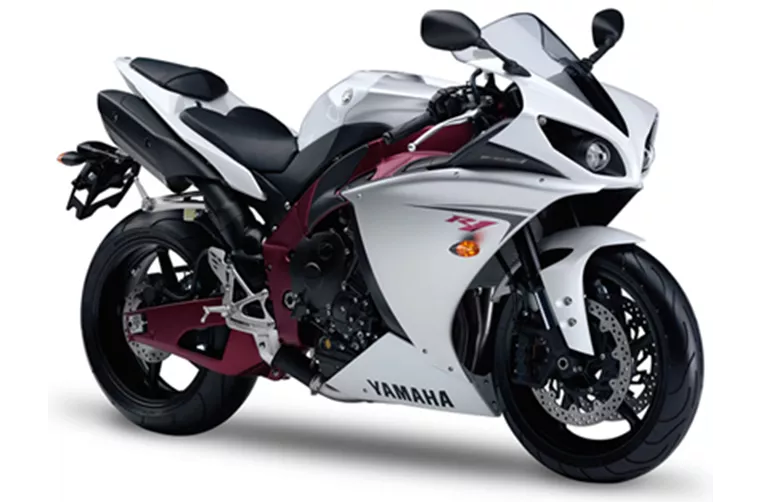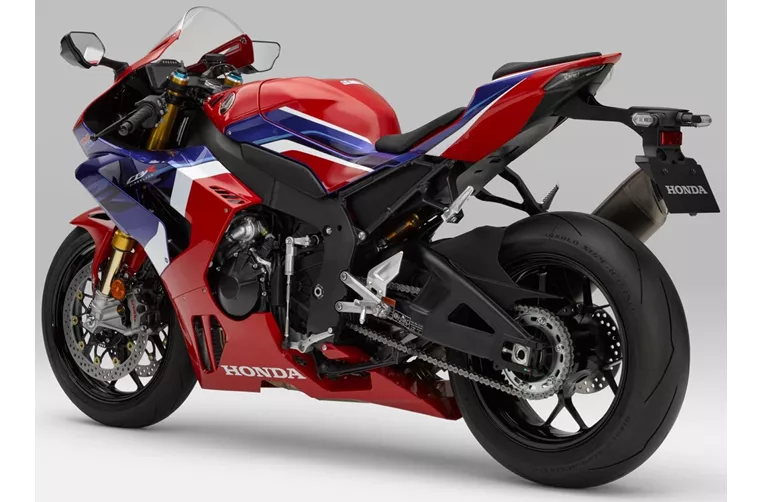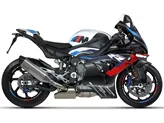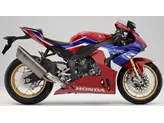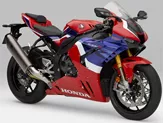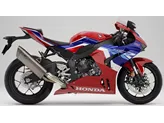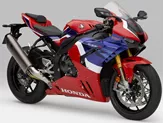Yamaha R1 2009 vs. Honda CBR1000RR-R Fireblade SP 2020

Yamaha R1 2009
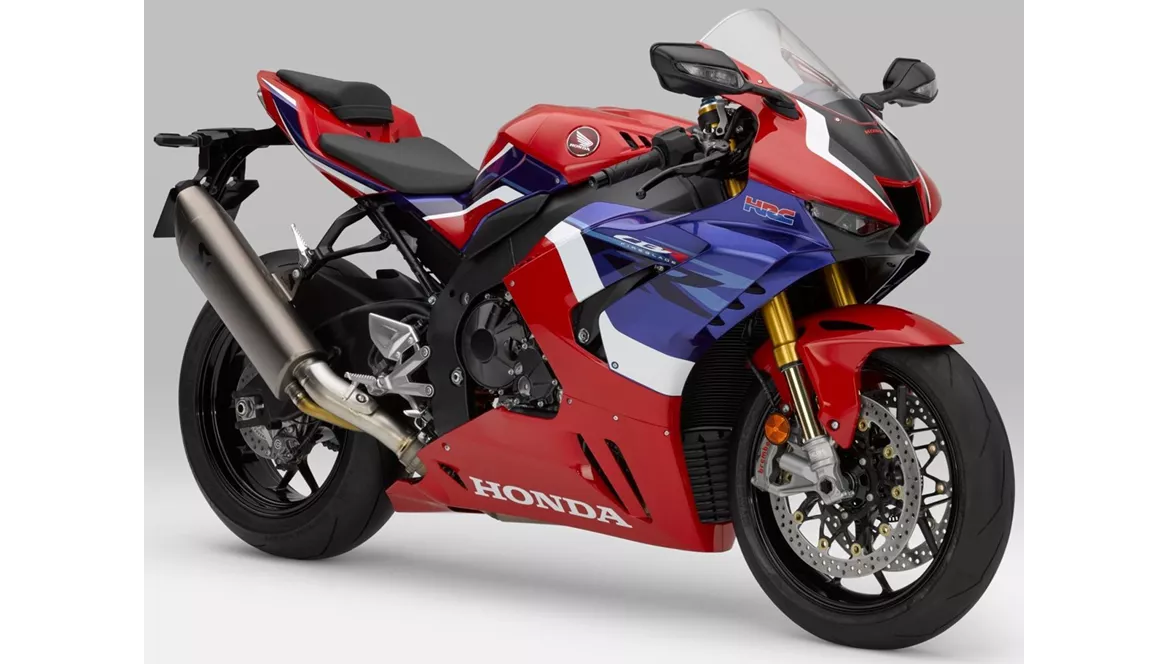
Honda CBR1000RR-R Fireblade SP 2020
Overview - Yamaha R1 2009 vs Honda CBR1000RR-R Fireblade SP 2020
The Yamaha R1 model year 2009 and the Honda CBR1000RR-R Fireblade SP model year 2020 are both high-performance supersport motorcycles. While they share some similarities in terms of engine type, number of cylinders, and valve configuration, there are notable differences in their technical specifications and strengths.
Starting with the engine, the Yamaha R1 2009 is equipped with an in-line four-cylinder engine with a displacement of 998cc. It produces 182 horsepower and 115.5 Nm of torque. On the other hand, the Honda CBR1000RR-R Fireblade SP 2020 also features an in-line four-cylinder engine, but with a larger displacement of 999.89cc. It delivers a staggering 217 horsepower and 113 Nm of torque. This significant increase in power output gives the Honda an edge in terms of sheer performance.
In terms of dimensions and weights, the Honda CBR1000RR-R Fireblade SP 2020 has a slightly longer wheelbase of 1455mm compared to the Yamaha R1 2009's 1415mm. The seat height of the Honda is also slightly lower at 830mm, while the Yamaha sits at 835mm. The fuel tank capacity of the Yamaha is larger at 18 liters compared to the Honda's 16.1 liters.

Yamaha R1 2009
Both motorcycles feature double disc brakes at the front and 17-inch wheels with the same tire diameter. The Yamaha R1 2009 utilizes a telescopic fork for the front suspension, while the Honda CBR1000RR-R Fireblade SP 2020 is equipped with an upside-down telescopic fork. The rear suspension for both bikes is a swing arm.
In terms of chassis, the Yamaha R1 2009 features an aluminum frame type called Deltabox, while the Honda CBR1000RR-R Fireblade SP 2020 utilizes an aluminum twin-spar frame. Both frames are designed to provide rigidity and stability for high-performance riding.
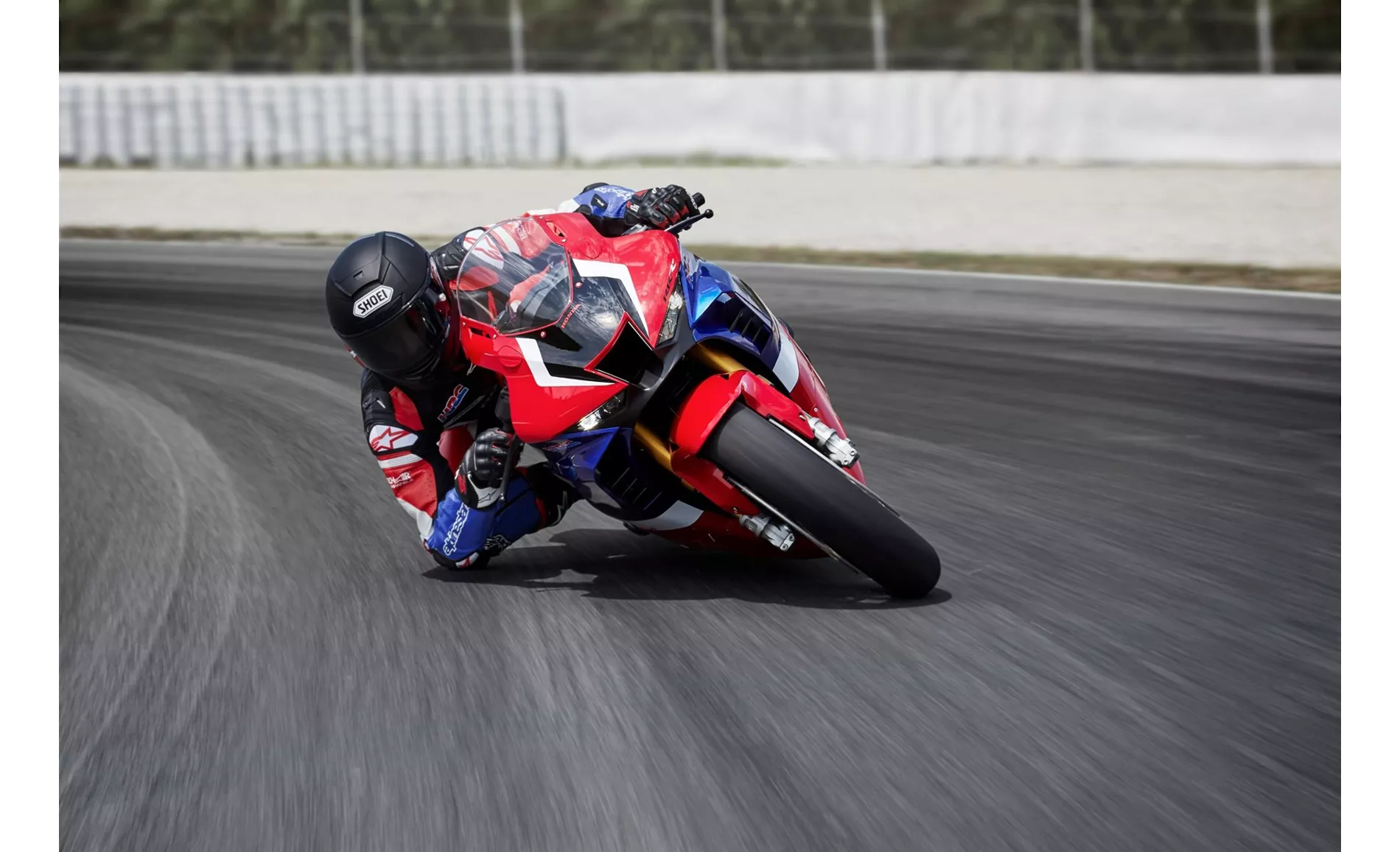
Honda CBR1000RR-R Fireblade SP 2020
Moving on to the strengths of each motorcycle, the Yamaha R1 2009 is praised for its sophisticated sound, good power delivery, and easy handling. It also features hydraulic spring preload and exhibits a high level of workmanship. On the other hand, the Honda CBR1000RR-R Fireblade SP 2020 boasts an incredibly powerful powerplant, super-sporty geometry, and good ergonomics. It also comes with a state-of-the-art electronics package and offers super crisp feedback from all components. The Honda's braking system is transparent and powerful, and its Öhlins suspension is electronically adjustable.
However, both motorcycles have their weaknesses. The Yamaha R1 2009 has a suboptimal seating position, which may not be comfortable for long-distance cornering. The Honda CBR1000RR-R Fireblade SP 2020, on the other hand, has an engine transmission and power delivery that are primarily designed for the racetrack, with not much happening up to around 6000 revs. Additionally, the Honda lacks cruise control, which may be a disadvantage for riders looking for long-distance touring capabilities.
In conclusion, while the Yamaha R1 2009 and the Honda CBR1000RR-R Fireblade SP 2020 are both powerful and capable supersport motorcycles, the Honda offers a significant increase in power output and a more advanced electronics package. However, it also has some limitations in terms of its transmission and lack of cruise control. Ultimately, the choice between these two motorcycles would depend on the rider's preferences and intended use.
Technical Specifications Yamaha R1 2009 compared to Honda CBR1000RR-R Fireblade SP 2020
Pros and Cons in comparison
Pros and Cons in comparison
Yamaha R1 2009
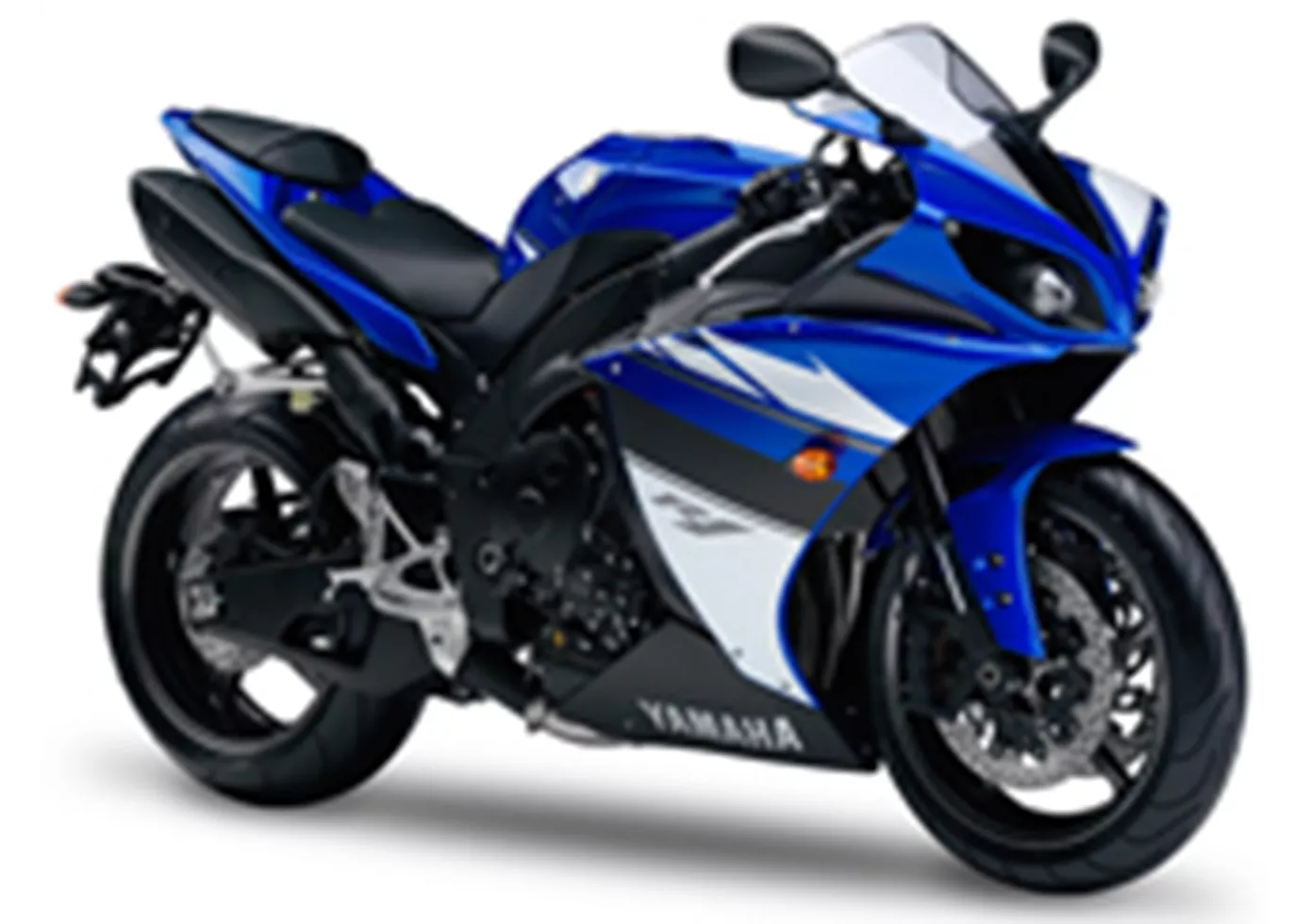
Of course, the new R1 engine also passed all the tough Yamaha stress tests and comes with the same guarantees as other Yamaha motorbikes. Because until now, it was precisely the issues of durability and reliability that prevented series production of such an engine.
Honda CBR1000RR-R Fireblade SP 2020
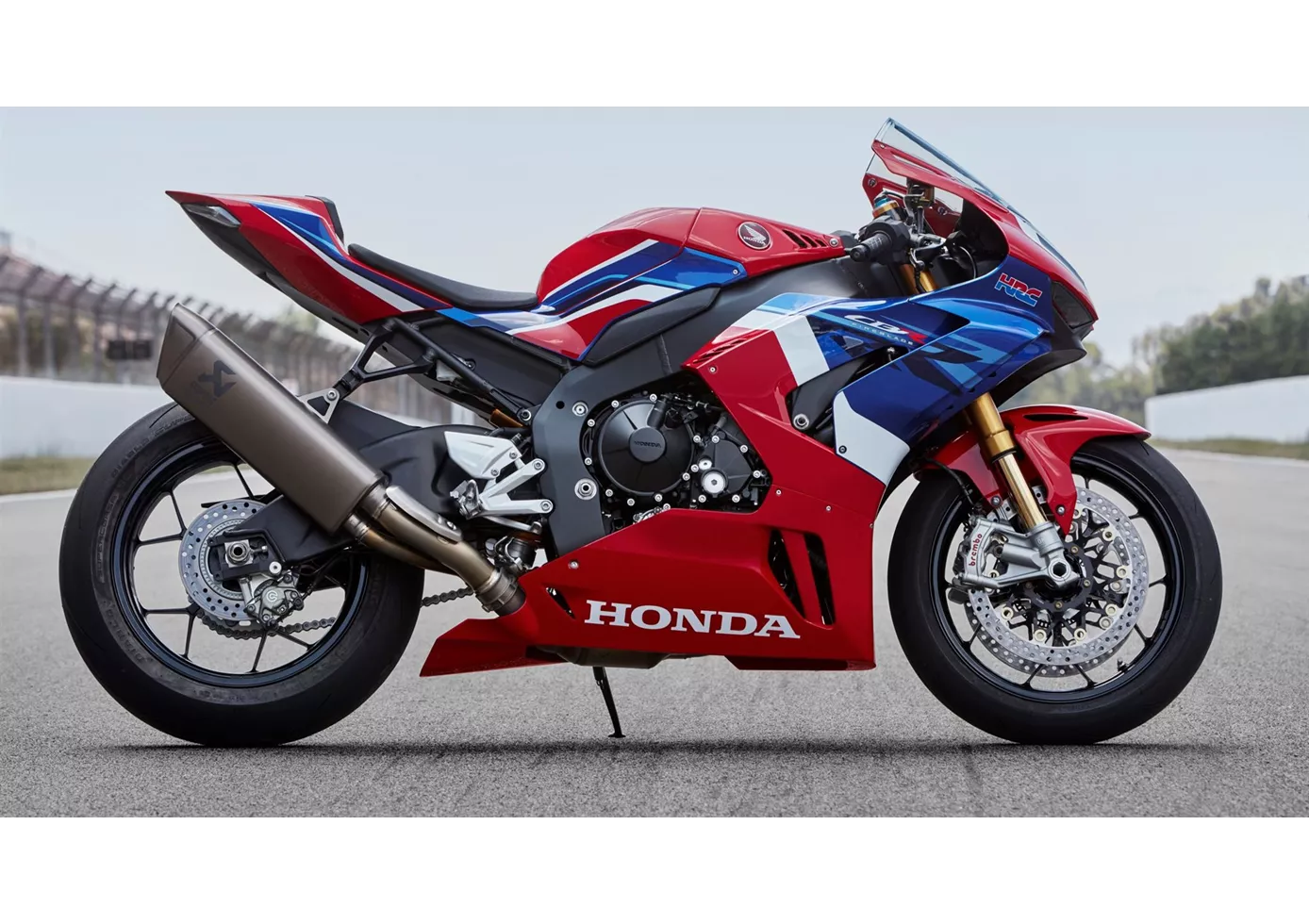
The fans demanded it and Honda delivered: The new CBR1000RR Fireblade SP is the sportiest Blade ever. For the first time, it now has a clear focus on the race track. Many of its strengths, such as the wonderfully stable and direct handling or the braking performance, can of course also be exploited on the country road. But especially in the engine chapter, Honda took a clear path: no compromises, power and lap time come first. This is reflected above all in the fact that below 6000 revs, the power output is rather meagre, which in turn is not quite optimal on the country road. But if that doesn't bother you, you'll be happy with the new Fireblade. Honda took no risks and simply brought the best partners on board for the SP: Akrapovic, Öhlins and Brembo were the congenial partners of the Honda crew. Of course, all these components also have a corresponding price tag.
Price Comparison Avarage Market Price Yamaha R1 vs Honda CBR1000RR-R Fireblade SP
There are a few key differences between a Yamaha R1 2009 and a Honda CBR1000RR-R Fireblade SP 2020. It takes less time to sell a Yamaha R1 with 45 days compared to 163 days for a Honda CBR1000RR-R Fireblade SP. Since model year 2005 1000PS.de editors have written 80 reviews for the Yamaha R1 and 21 reviews for the Honda CBR1000RR-R Fireblade SP since model year 2020. The first review for the Yamaha R1 was published on 28/04/2003 and now has more than 3,900 views. This compares to more than 151,000 views for the first review on Honda CBR1000RR-R Fireblade SP published on 04/11/2019.
